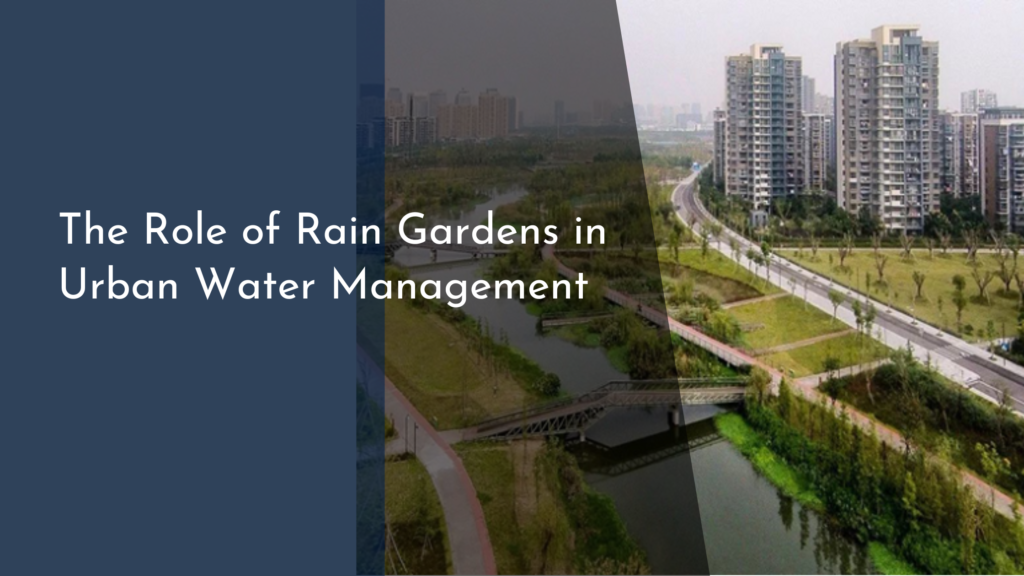The Future of Eco-Friendly Packaging
As environmental awareness continues to rise globally, the demand for eco-friendly packaging solutions is reaching unprecedented levels. Businesses and consumers alike are recognizing the urgent need to minimize waste and reduce carbon footprints. This shift is leading to significant innovations and advancements in the sector of sustainable packaging. Let’s delve into the exciting developments, materials, and technologies that are shaping the future of eco-friendly packaging.
Innovations Shaping Eco-Friendly Packaging
The landscape of eco-friendly packaging is rapidly evolving, driven by a surge in innovative approaches aimed at minimizing environmental impact. One notable innovation is the development of plant-based plastics, which are derived from renewable sources like corn starch and sugarcane. These bioplastics offer the functionality of conventional plastics while significantly reducing reliance on fossil fuels. Another exciting advancement is edible packaging, which explores the use of food-based materials to create packaging solutions that can be safely consumed or composted, thereby eliminating waste entirely.
In addition to these materials, innovative design approaches are being employed to enhance the sustainability of packaging solutions. Companies are increasingly investing in lightweight packaging, which not only reduces the amount of material used but also lowers transportation emissions. Moreover, the concept of smart packaging is gaining traction, incorporating elements such as freshness indicators and interactive features that extend the shelf life of products, thereby reducing food waste. These innovations underscore a promising future where packaging not only protects products but also safeguards our planet.
Materials Revolution: Going Beyond Biodegradable
While biodegradable materials have been at the forefront of sustainable packaging, the industry is now witnessing a materials revolution that goes beyond traditional bioplastics. Researchers are exploring the potential of mycelium, the root structure of fungi, as a packaging material. Mycelium-based products are not only biodegradable but also compostable, making them an excellent alternative to styrofoam and other non-degradable materials. Additionally, algae-based packaging is emerging as a promising solution, offering natural biodegradability and a low carbon footprint due to its ability to sequester carbon during growth.
Another significant advancement in material science is the development of nanocellulose, a material derived from plant fibers that provides exceptional strength and barrier properties. Nanocellulose can be used to create lightweight, recyclable, and biodegradable packaging that rivals traditional materials in performance. Such innovations in material science are paving the way for packaging that is not only sustainable but also versatile and adaptable to various industries, from food and beverage to electronics.
The Role of Technology in Sustainable Packaging
Technology plays a crucial role in advancing sustainable packaging, providing tools and solutions that optimize efficiency and reduce waste. One significant technological advancement is the use of artificial intelligence (AI) and machine learning to design more efficient packaging solutions. AI can analyze consumer data and product characteristics to create customized packaging that minimizes material use without compromising protection. This data-driven approach ensures that packaging is tailored to specific needs, reducing excess and improving sustainability.
Moreover, 3D printing technology is revolutionizing the way packaging is developed and manufactured. 3D printing allows for precise, on-demand production of packaging components, reducing the need for large inventories and minimizing waste. By leveraging digital modeling, companies can experiment with different designs and materials to find the most eco-friendly solutions. These technological interventions are not only making packaging more sustainable but also more adaptable and cost-effective for businesses.
Bright Future: Embracing Green Packaging Solutions
The future of eco-friendly packaging is bright, as companies across various industries are increasingly committing to greener practices and embracing sustainable solutions. Brands are recognizing that eco-friendly packaging is not just a trend but a critical component of their sustainability efforts, reflecting their responsibility to the environment and consumers. By adopting circular economy principles, businesses are creating closed-loop systems where packaging materials are continually reused and recycled, significantly reducing waste.
Consumers, too, are playing a pivotal role in shaping this future by demanding sustainable alternatives and supporting brands that prioritize eco-friendly packaging. This consumer-driven demand is encouraging innovation and investment in sustainable solutions, fostering a collaborative effort toward a greener planet. As technology advances and materials continue to evolve, the vision of a world where packaging supports both product integrity and environmental health is becoming increasingly attainable.
The journey toward eco-friendly packaging is one marked by innovation, collaboration, and a shared commitment to sustainability. With groundbreaking materials and cutting-edge technology, the packaging industry is poised to make a significant impact in reducing environmental harm. As businesses and consumers alike embrace these green solutions, the future promises a harmonious balance between meeting human needs and preserving the planet. Embracing eco-friendly packaging is not only an investment in environmental stewardship but also a step toward a healthier, more sustainable future for all.


